NEW LAUNCH: Weill Cornell Medicine's Maya app is now available for Android!
NEW LAUNCH: Weill Cornell Medicine's Maya app is now available for Android!
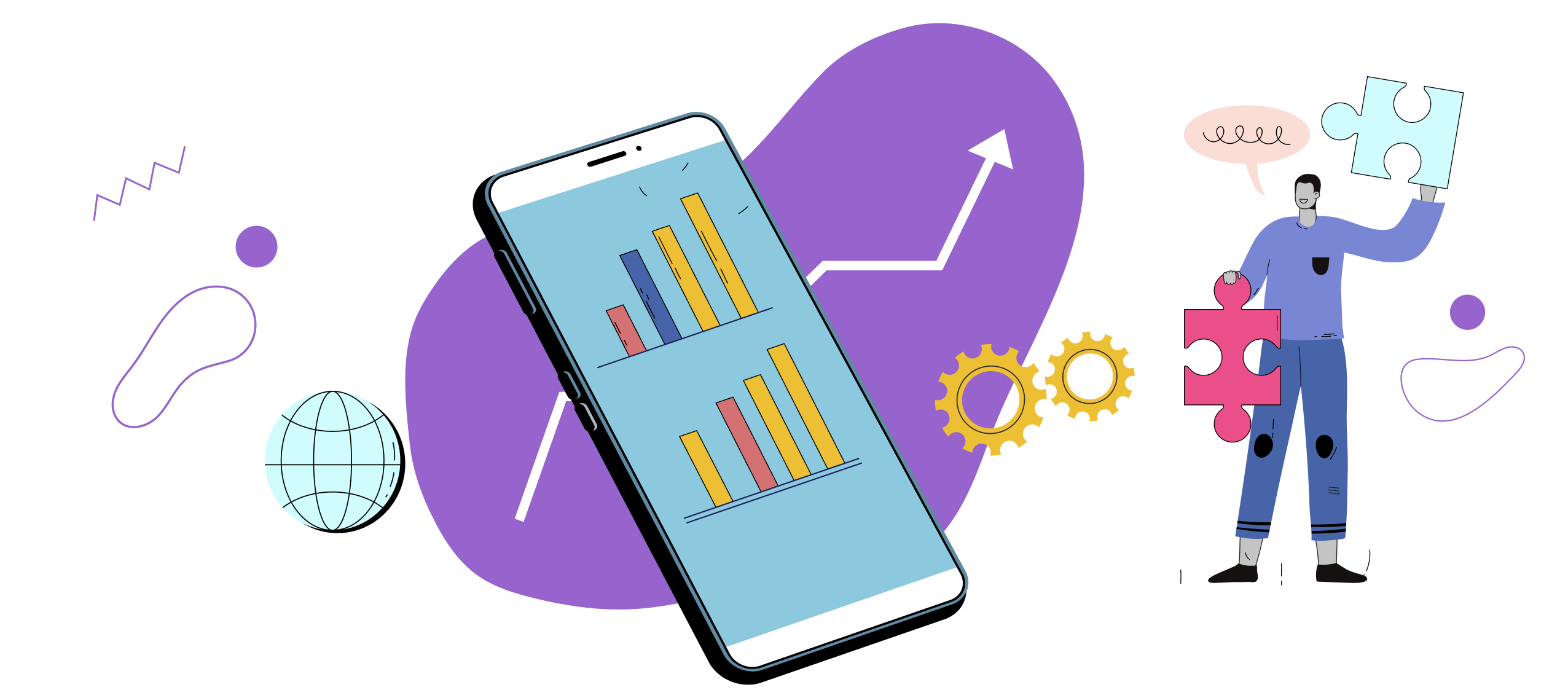
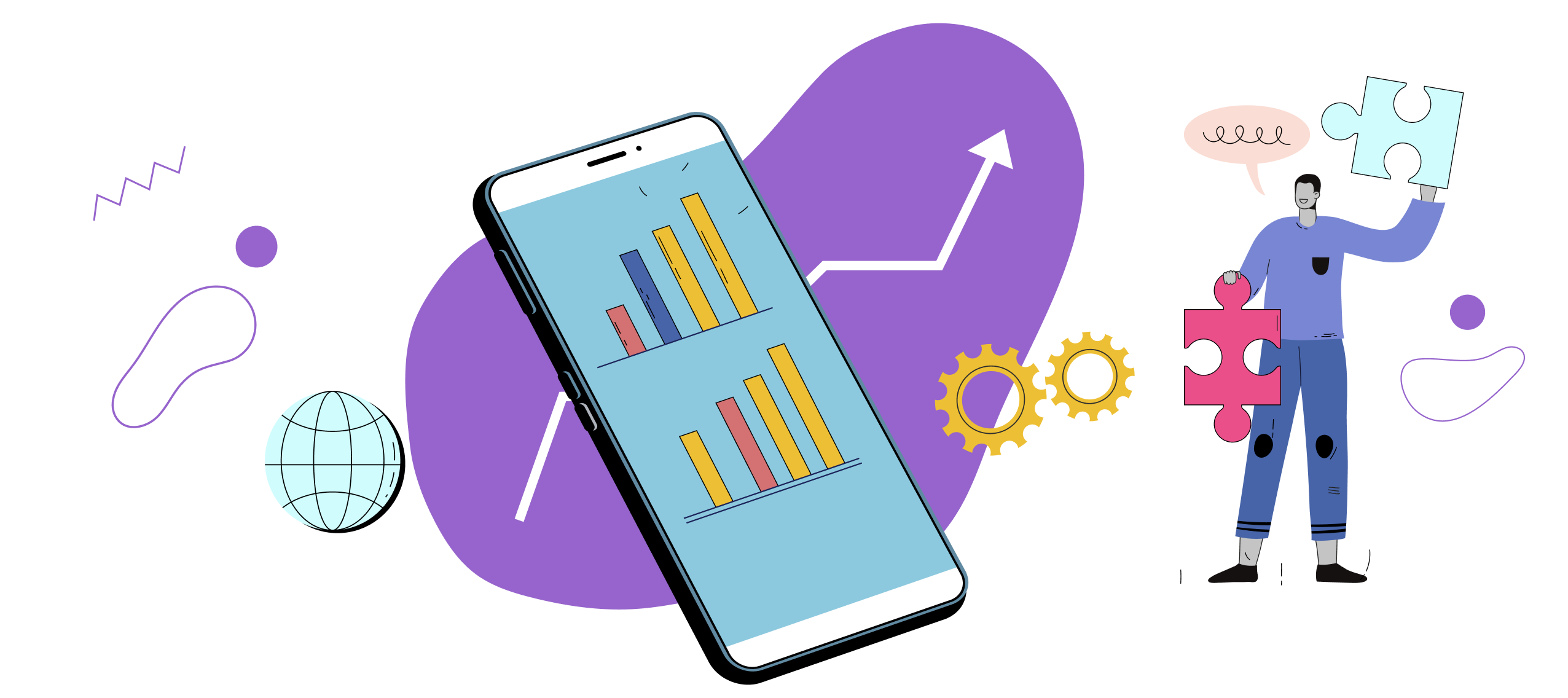
.png?width=640&height=636&name=Frame%20(1).png)
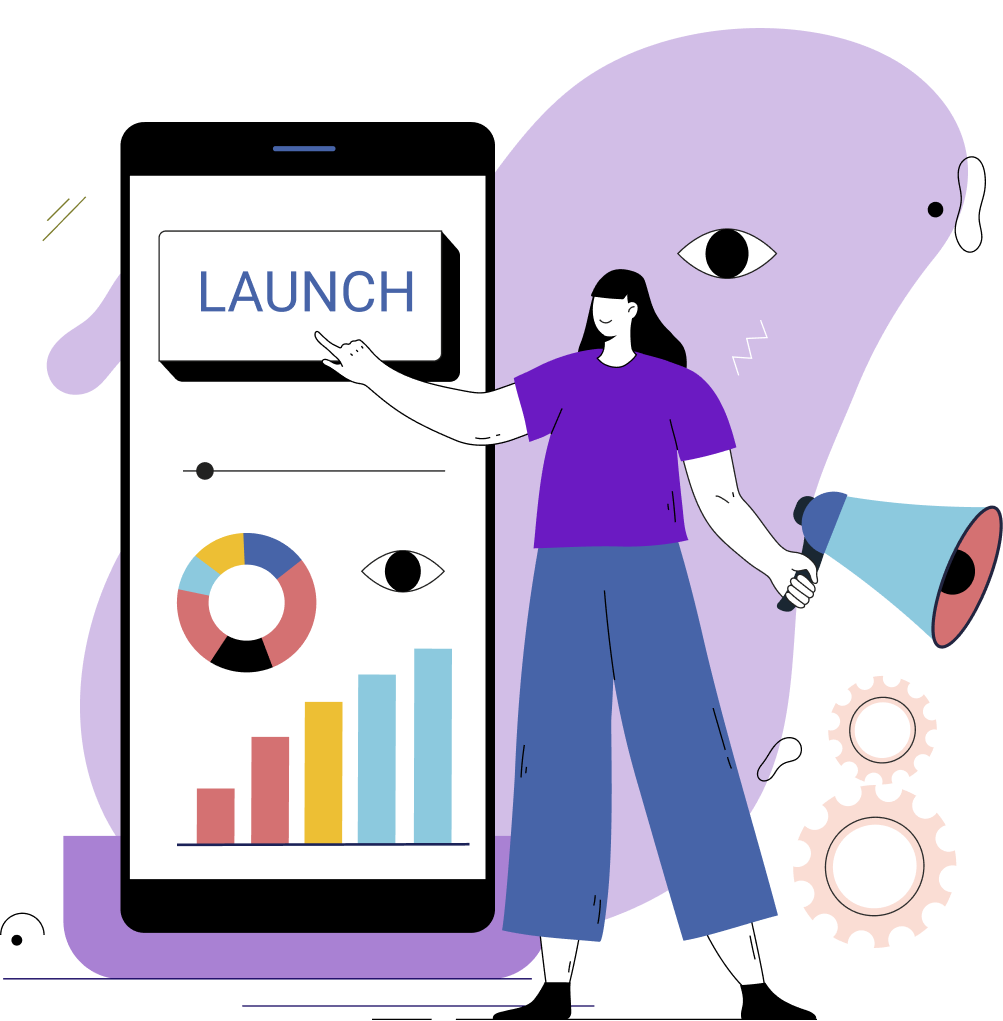
Your organization has made a significant investment to launch the product, so continuing to make room in your budget for it may at first seem unnecessary. Now might feel like a time to rest on its success — but the truth is, a digital product is never truly finished.
When launching any digital product, you’ll also need a plan for how you’ll manage its lifecycle. The phrase digital product lifecycle management refers to keeping a product current — and staying ahead of the pack — by launching fixes and enhancements based on user feedback, research, and market developments to ensure the product remains relevant, competitive, and profitable throughout its lifecycle.
Launching a product without a clear plan for how you’ll manage its lifecycle sets the stage for technical issues and dissatisfied users down the line, leading to a laundry list of undesirable outcomes from security breaches to reputational damage. According to UX Planet, 92% of all customers will have some sort of a negative reaction to a poor app experience.
Prioritizing lifecycle management as an essential part of the product development process is crucial to ensure any product's ongoing success and profitability for a number of reasons:
Lifecycle management ensures that the product is designed and developed with the user's needs in mind, and that it continues to meet those needs as they evolve over time.
Lifecycle management ensures that the product remains competitive by staying up-to-date with new technologies, features, and user expectations.
Lifecycle management helps identify and mitigate risks that could affect the product's success, like technical issues or security vulnerabilities.
Projects continuously begin and end, but development should never pause. While one project is being built, another will be in design, ensuring that the product is constantly being improved and enhanced according to the evolving needs of its users.
Lifecycle management helps identify areas for performance improvements, such as user experience, speed, and/or stability.
As your product matures and your user base grows, more and more opportunities to gain valuable insight from user data will present themselves, enabling you to further tailor the user experience and improve user satisfaction. Lifecycle management helps maximize your ROI by ensuring that your product is continuously improving, leading to increased revenue, customer loyalty, and brand recognition.
*CI/CD = continuous integration and continuous delivery/deployment.
So you’ve launched a new website or mobile app. Now what? Your organization has made a significant investment to launch the product, so continuing to make room in your budget for it may at first seem unnecessary. Now might feel like a time to rest on its success — but the truth is, a digital product is never truly finished.
When launching any digital product, you’ll also need a plan for how you’ll manage its lifecycle.
As user expectations rise and competition for talent continues to increase, organizations looking to continue or accelerate their digital transformation efforts must consider how they’ll manage the digital product lifecycle — but maintaining a large in-house team to manage it all can be expensive and difficult to maintain. That’s where Heady comes in.
-png.png?width=1094&height=1050&name=OBJECTS%20(1)-png.png)
We can own the entire digital product lifecycle process, guiding and collaborating with your resources, or we can augment your existing team — with product management to define the roadmap and collect and document requirements, project management to help us orient to deadlines and stay on track, design to optimize user experiences, engineering to build the software, QA to test it thoroughly, and DevOps to support and maintain the live applications — and then do it all over again (and again). Part of the Heady Difference is dedicated teams that feel internal, meaning we’ll integrate with your teams and work as closely with them as your own employees.
There are many phases and roles involved in comprehensive digital product lifecycle management, whether you’re building and iterating iOS and Android applications from scratch or simply addressing a pain point on your website. Keeping up with digital product trends and optimizing every phase of development with the right resource coverage is key to keeping one step ahead of the competition, and few organizations have specialists in all these areas on staff. Enter Heady, your friendly digital product experts and collaborative lifecycle management guides.
.png?width=501&height=445&name=OBJECTS%20(3).png)
Having the right team in place is crucial for successful lifecycle management of digital products. It ensures that each stage of the product development process is executed to the highest standard, that collaboration is seamless, and that the team can adapt to changing circumstances that inevitably arise, such as new technologies, market trends, or user needs.
Team chemistry is critical in mobile product lifecycle management. Without it, resources get wasted and frustration creeps in. At Heady, we've established hiring standards and communication processes that allow us to provide clients with close-knit, collaborative teams that are matched to their exact needs.
Here’s a look at the roles and responsibilities we can take on as your digital product lifecycle management partner.
.png?width=613&height=481&name=OBJECTS%20(4).png)
Regardless of your budget or your roadmap, a Product Manager is an essential facilitator of your product’s lifecycle. This person pairs technical knowledge with deep insight into the company and its business goals to think strategically about how to maintain and evolve a product. The product manager is an expert in the Agile process, leading daily Scrum meetings and keeping the team on track.
-png.png?width=580&height=580&name=Frame%20(1)-png.png)
So you’ve launched a new website or mobile app. Now what? Your organization has made a significant investment to launch the product, so continuing to make room in your budget for it may at first seem unnecessary. Now might feel like a time to rest on its success — but the truth is, a digital product is never truly finished.
When launching any digital product, you’ll also need a plan for how you’ll manage its lifecycle.
Design plays a crucial role in lifecycle management in close collaboration with PMs, Engineers, Specialists, and the client’s brand team. Designers assess what’s working well, identify growth opportunities, bring the product roadmap to life, and overall make sure that the highest level of design quality is maintained throughout the product’s life span.
One key part of lifecycle management as it pertains to design is scaling with systems thinking. Especially as products are managed over an extended period of time, design can help teams ensure the design language matches the long-term
product strategy and the addition or expansion of features is handled with care from a design perspective.
Our design team takes a holistic approach to lifecycle management: We believe the best products are ecosystems of experiences, even if we’re talking about one single product. This POV helps prevent design debt, design bloat, and disjointed features.
Another important part of our design lifecycle management process is to work with brands to help ensure their products and any new features are accessible, inclusive, and valuable to all users.
The user is at the core of User Experience lifecycle management. We want to know what’s working well for them, what’s not working well for them, and how to improve the product in a way that serves them best. We pair User Experience Design with User Interface Design to ensure the product is not only visually appealing, but also functional and easy to use.
User Interface Design creates the visual and interactive design elements of a product. UI Design works hand in hand with UX Design and Engineering to ensure that new features are visually appealing, user-friendly, and technically feasible.
The UX Researcher plays a critical role in the digital product lifecycle by conducting user research and analyzing data to inform design decisions that enhance the user experience. UX research helps ensure that the end product is visually appealing, easy to use, and meets the needs of its users.
-png-1.png?width=620&height=576&name=OBJECTS%20(5)-png-1.png)
So you’ve launched a new website or mobile app. Now what? Your organization has made a significant investment to launch the product, so continuing to make room in your budget for it may at first seem unnecessary. Now might feel like a time to rest on its success — but the truth is, a digital product is never truly finished.
When launching any digital product, you’ll also need a plan for how you’ll manage its lifecycle.
DevOps Engineer, Security Specialist, and Growth Analyst.
These roles can take a digital product lifecycle team from good to spectacular, but they’re not typically involved day-to-day. Another perk of working with Heady is having access to these specialists only when you need them (and not having to pay for them otherwise).
This role ensures that the code behind a digital product works safely and accurately, creating the API services and data storage systems that power front-end applications. Backend Engineers must possess abstract thinking and strong communication skills.
At Heady, our Frontend Engineers are fluent in various user interface mediums and knowledgeable in relevant coding languages including Swift, Kotlin, ReactJS, and HTML/CSS. They work with Product Managers to solve business problems, ensure UI aligns with Design’s vision, and deliver polished, functional products.
QA testers are a crucial component of any product team to ensure everything is functioning as it should before it reaches the end user. Heady has a “zero-tolerance” policy when it comes to bugs, ensuring we always deliver products of the highest quality. Our QA best practices utilize both manual and automated testing in order to minimize redundancy.
-png.png?width=566&height=495&name=OBJECTS%20(6)-png.png)
So you’ve launched a new website or mobile app. Now what? Your organization has made a significant investment to launch the product, so continuing to make room in your budget for it may at first seem unnecessary. Now might feel like a time to rest on its success — but the truth is, a digital product is never truly finished.
When launching any digital product, you’ll also need a plan for how you’ll manage its lifecycle.
This is a strategic thinker who combines technical knowledge with a deep understanding of a company's business goals. They come up with the best solutions to ensure that any new features are implemented correctly and in line with the company's vision. They also provide day-to-day technical leadership to optimize the team’s collaboration and serve as the point person for technical questions or requests from Heady staff and clients.
This role is all about keeping the app running smoothly and securely, no matter how many people use it, and reducing our clients' recurring hosting costs. This person manages the infrastructure deployment, servers, and code compliance while ensuring performance is optimal and data is secure.
A Security Specialist stays up-to-date with the latest cybersecurity threats to proactively identify and mitigate potential risks. This person audits the system for vulnerabilities and guides the team through security-specific fixes, ensuring the product is secure and compliant with relevant regulations and standards. They also ensure our team adheres to our internal policies as dictated by our security charter.
This person is responsible for managing the customer journey and implementing marketing technology products like CRM and Marketing Automation Platforms. They oversee everything from setup to reporting and auditing of existing implementations. This role is critical to ensuring that lifecycle management continues to evolve with each new stage of the organization.
Effective digital product lifecycle management requires a number of different team players with specific skills that can work together and interface with client teams seamlessly. But it’s not enough to assemble a great team: You’ve also got to have proven processes that
make it all work.
At Heady, we’ve refined our processes over years of working with big-name clients so you can feel confident in our ability to manage the entire lifecycle of your product. And there are no phases or tasks in our life cycles in which you’ll need to go at it alone or guess what happens next: Transparency is a core value here at Heady, so you’ll never feel as if work is carried out in a black box on the agency side.
Here’s a top-down look at how we can manage the entire digital product lifecycle.

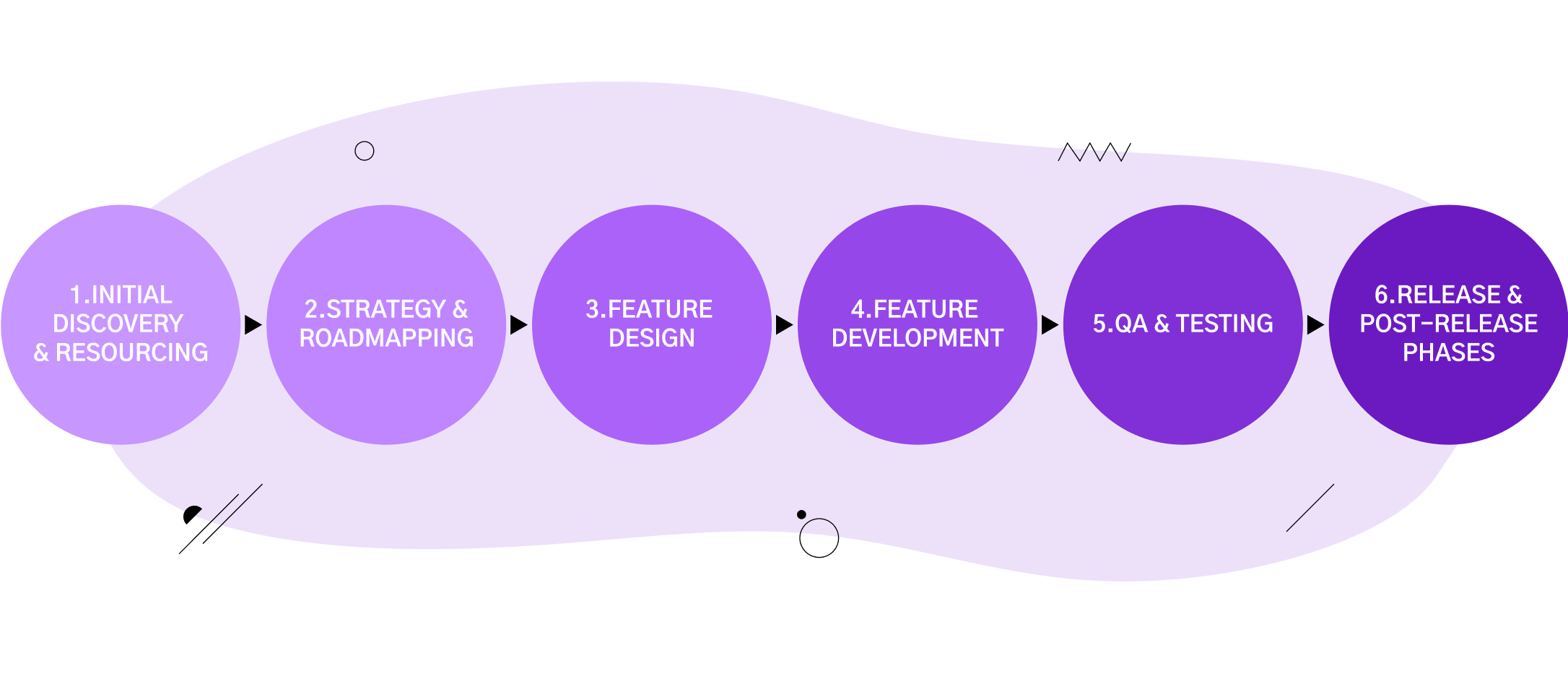
So you’ve launched a new website or mobile app. Now what? Your organization has made a significant investment to launch the product, so continuing to make room in your budget for it may at first seem unnecessary. Now might feel like a time to rest on its success — but the truth is, a digital product is never truly finished.
When launching any digital product, you’ll also need a plan for how you’ll manage its lifecycle.
Our first order of business will be getting to know you so that we can begin to build chemistry on a human level, with the goal of eventually functioning like members of your own team.
Next, it’s time to fit you with the right resources. As we work to understand your business needs and challenges, we’ll identify
and allocate the appropriate personnel, technology, and other resources required to deliver the highest quality digital products. We have the capacity to provide everything you need and then some, but will size the team appropriately for your organization’s needs in order to run as lean as possible without sacrificing quality.
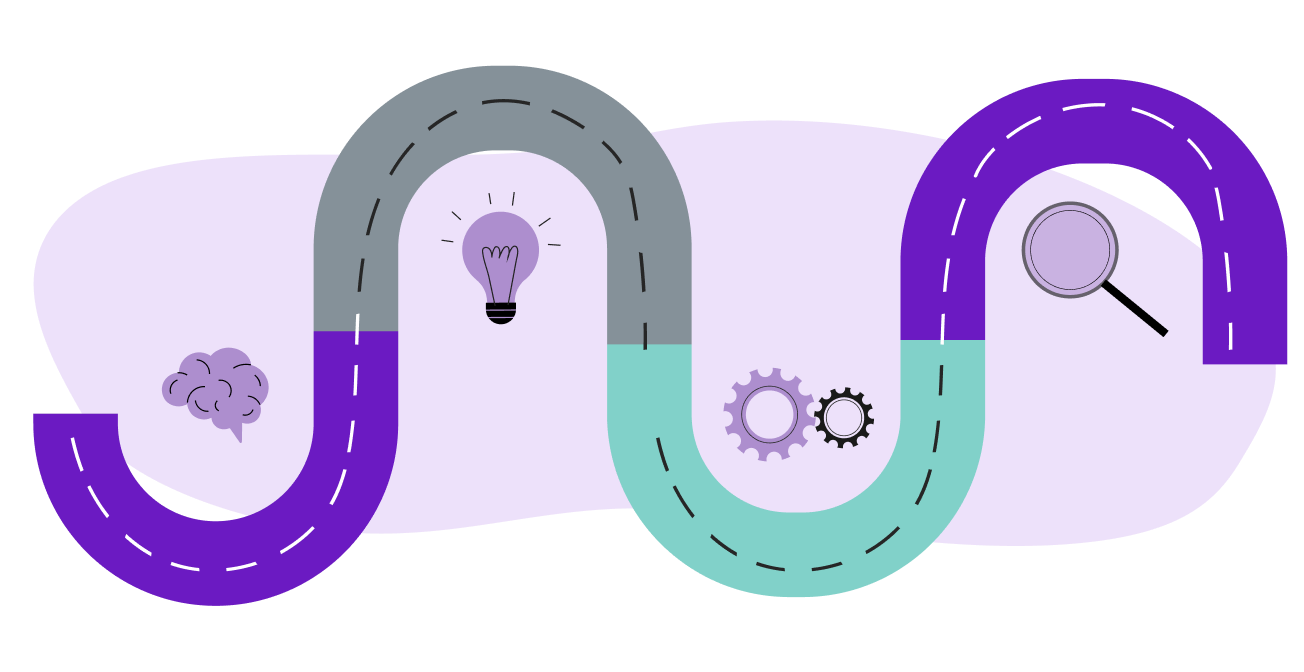
So you’ve launched a new website or mobile app. Now what? Your organization has made a significant investment to launch the product, so continuing to make room in your budget for it may at first seem unnecessary. Now might feel like a time to rest on its success — but the truth is, a digital product is never truly finished.
When launching any digital product, you’ll also need a plan for how you’ll manage its lifecycle.
-png.png?width=501&height=515&name=OBJECTS%20(9)-png.png)
The popular Agile project management methodology, which has become somewhat of a buzzword in software development, teaches that it’s appropriate to release whatever priority work was recently completed every two weeks. Business pressures and our experience tell us that our partners’ deadlines/release dates are just as important as continuity, and mobile user behavior suggests that installing updates every two weeks is a hassle.
What most businesses need is a custom hybrid approach where work occurs iteratively but releases happen according to a schedule. With Heady’s collaborative roadmaps, your teams from leadership to IT will be able to forecast the rollout of impactful new features and changes — and while we’ll manage the development through short Agile-like cycles, we’ll stay oriented to planned release dates. Taking a big-picture perspective allows us to work efficiently with your teams in a way that’s more long-term project-based and less iterative, a rare competency at Agile agencies.
-png.png?width=501&height=515&name=OBJECTS%20(9)-png.png)
Heady’s Product Managers will work with your stakeholders to define the key metrics that will be used to gauge the success of your products, and to strategize a roadmap. While some of our partners come to us with well-defined product wishlists (e.g., “We need Samsung Pay integrated ASAP and store detail pages completed by the end of the quarter”), some rely on us to identify opportunities for new features and improvements. Most are a combination of both approaches, and Heady’s expertise is especially valuable in pulling ideas together and then creating a roadmap for them. Do you know what enhancements Apple and Google have released in their latest operating systems, or what features users are looking for in a notification center? We do.
Roadmapping and strategy is an ongoing effort year-round. We prepare for it by maintaining living documentation, interviewing stakeholders as needed, and researching and presenting opportunities, then holding regular meetings on a cadence that works for you.
-png.png?width=559&height=561&name=Frame%20(2)-png.png)
Once strategy is locked and loaded, we guide our partners through the life cycle for each feature, with several features in different stages of the life cycle at any given time.
Each begins with requirement gathering (and comprehensive documentation). Different partners of ours have different approaches, and we can support them all. We typically dive into design, from wireframes to high-fidelity mockups, after understanding the business requirements, but we can also drive the process of gathering requirements with preliminary conversation starter designs. While our developers are building one feature, we’ll be firming up designs
for the next.
When designs are complete and we begin development of a feature, you can be as hands-on — or hands-off
— as you’re equipped to be. We maintain our own in-house development team of expert engineers (translation: we don’t outsource) and work across multiple time zones. Our team’s expertise extends from selecting the best architecture solution to flushing out business problems or user experience issues.
Most of our projects involve both a backend (server code) and a frontend (app or website interface). Our backend developers and technical architects are proficient in multiple
leaders for our teams; our frontenddevelopers are specialists in the mobile operating systems they build for.
Our developers can support conversations with your in-house teams (e.g., about architectural changes that might be needed from your side in integrated systems) and will provide daily visibility into their progress. Again, we can be in the development phase of one feature while in different phases of other features, and we’ll keep each conversation organized and moving forward; having three concurrent work streams is typical for us.
-png.png?width=561&height=521&name=Frame%20(3)-png.png)
Our QA team also integrates with our partners’ teams, first by jointly creating a test plan to ensure we ship a product of the highest quality. All of our work is put through a rigorous internal testing and remediation phase, then delivered with support to our partners for their own acceptance testing. Want to do additional testing with real users? We can also support that.
With features complete and testing approved, Heady will lead you through the release process — from coordinating and managing the deployment process to ensuring that updates are pushed to the appropriate app stores and that all necessary testing and validation
steps have been completed.
It's important to remember that the product life cycle doesn't end after you release new features or updates.
Instead, it's an ongoing process of monitoring and optimizing the product to keep up with changing user needs and market trends.
This means regularly making updates, fixing bugs, improving performance and user experience, and gathering feedback from users to help inform future updates and iterations — and as your expert partner in digital product lifecycle management, Heady will be with you every step of the way.
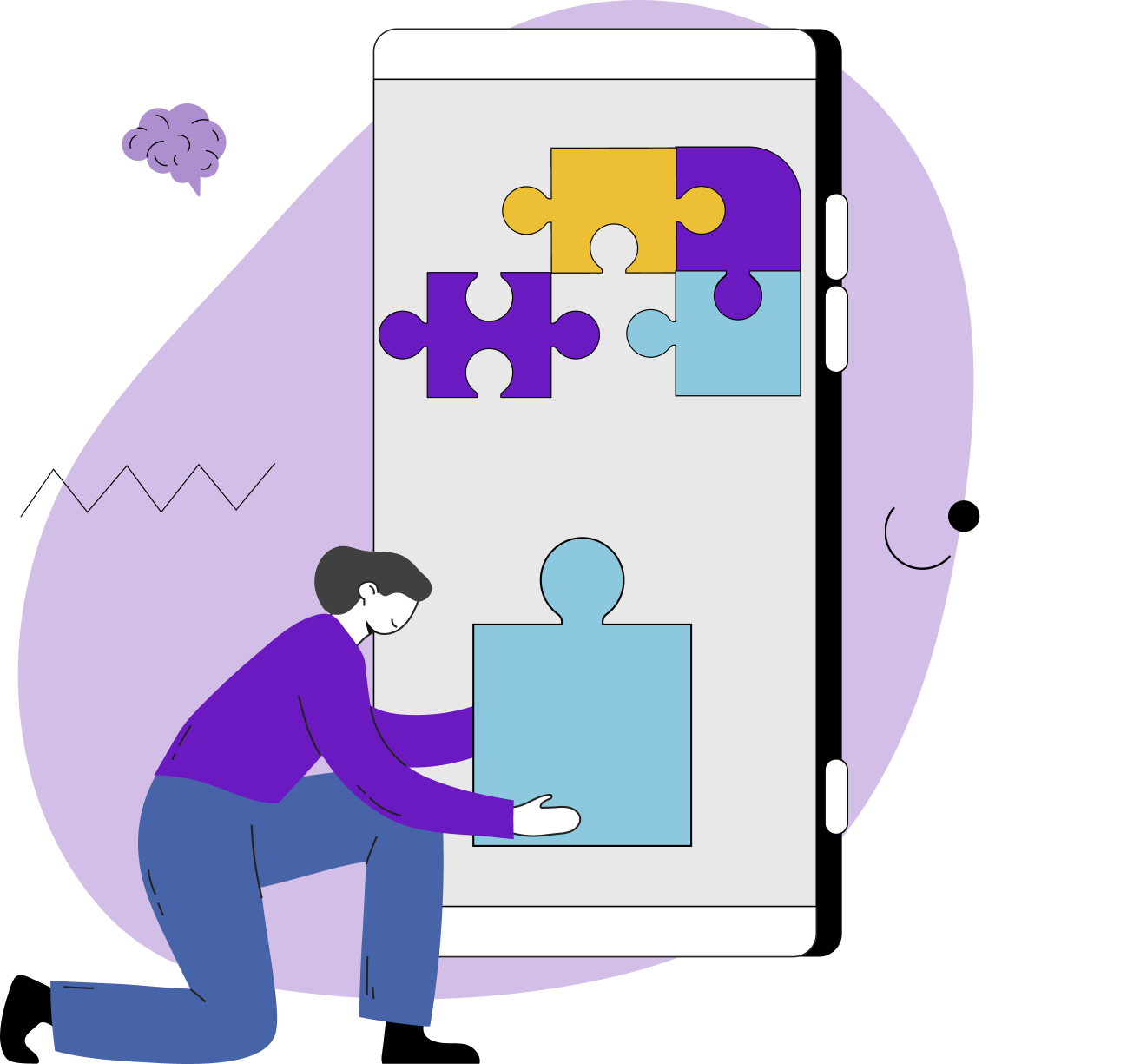
There are many specialized roles and refined processes needed to achieve continuous development and release, and very few organizations have the resources for all of them. Whether your organization needs a major top-up of expertise or is missing just a few pieces of the puzzle, Heady is here to fill in the gaps when it comes to digital product lifecycle management.
Our special sauce — apart from maintaining digital product expertise so you don’t have to — is facilitating activities outside our partners’ established processes or core competencies. That might mean educating our partners on how they can make better use of their tools, or consulting on a wider digital strategy that would impact the digital product roadmap. Whatever it is, we’re here for you, ready to fill your development needs and plug the gaps in your lifecycle management, share your pain points, and celebrate your success.
Many digital agencies prefer quicker wins and quick turnaround projects where their involvement in the shipped product is minimal. At Heady, we value sound long-term partnerships above all, so the ongoing success of your digital products is everything to us.

Everything we do is in service of creating (and maintaining the best digital products. We specialize in maturing lifecycle management and we’re in it for the long haul, ensuring that our clients’ products continue to deliver value to their users and remain competitive in the marketplace over the long term.
Our teams work closely with stakeholders to deliver incremental value and keep up with evolving user needs.



We cultivate trust and consistency with our clients by providing teams that work with them so closely, they feel like their own.

Our globally distributed teams give us the ability to provide support when and where it’s needed the most.



Relationships are everything to us, and it shows: A majority of Heady clients stick around for years.

Kindness is a core value at Heady. We don’t underestimate the power of being nice.
.png?width=816&height=821&name=Group%201286%20(1).png)
Use Heady’s self-assessment tool to decide for yourself.
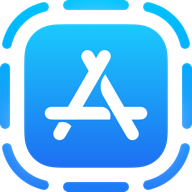

Use Heady’s self-assessment tool to decide for yourself.
Our emails are (almost) as cool as our digital products.
Your phone will break before our apps do.
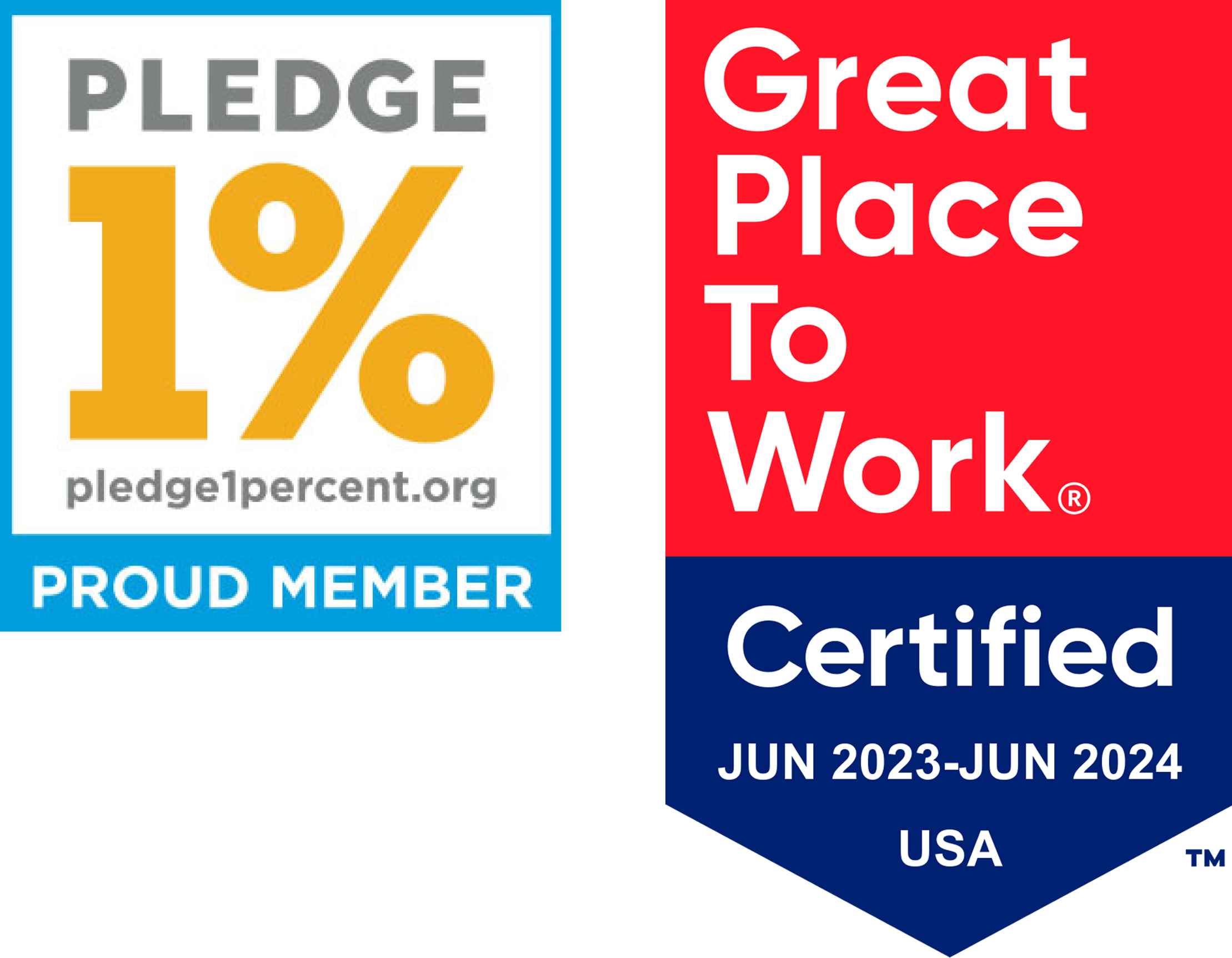
© 2026, Heady LLC.